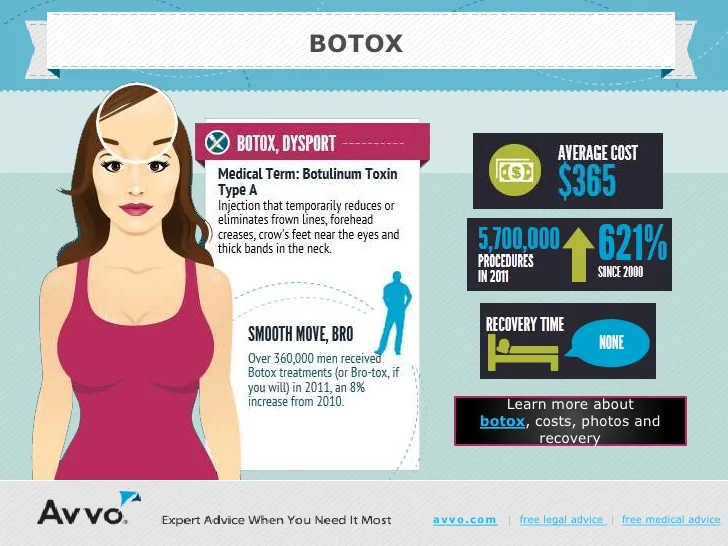Causes of Acne on Cheeks
Acne breakouts in the cheek location are caused by numerous things, from touching your face regularly to not altering your pillowcase usually sufficient. Picking at blemishes raises your danger of infection and scarring, and certain medicines can intensify dark places (postinflammatory hyperpigmentation).
Thankfully, there are lots of methods to avoid and treat cheek acne. These include:
1. Hormonal Modifications
Acne is mostly triggered by hormones, especially those produced during puberty and pregnancy. For some, a family history of acne may also add to their problem. Anything that obstructs pores, such as oil-based skin treatment items or ceraceous hair products, can set off acne. Various topical treatments, like benzoyl peroxide and salicylic acid, can fight bacteria and unclog pores. Those with extreme or persistent acne must seek treatment from their doctor.
Avoid touching or pressing your acne, as this can press several of the germs deeper into the skin, resulting in a more severe outbreak. It is additionally crucial to alter pillowcases frequently and use clean make-up brushes. You need to likewise try to avoid irritants such as rubbing from using a safety helmet or tight collar.
2. Diet regimen
The oily, sweet foods that lots of people think trigger acne might in fact refrain from doing so. In fact, studies have actually revealed that eating a diet abundant in entire, nutrient-dense foods assists to prevent outbreaks.
Foods high in the glycemic index (such as white bread, corn flakes, blew rice and potatoes, doughnuts and various other pastries) raise blood sugar degrees swiftly, and this can enhance hormones that enhance oil manufacturing and result in acne.
Drinking cow's milk has actually likewise been linked to raised acne outbreaks. If you are a regular cow's milk enthusiast, you may want to attempt changing to low-fat or nondairy alternatives that are strengthened with calcium. Furthermore, consuming more water can aid to decrease acne due to the fact that it assists to keep the skin hydrated.
3. Excess Oil
While oil is essential for healthy and balanced skin, it can end up being a problem when way too much sebum combines with dead skin cells and blocks pores. This mix can create blackheads, whiteheads and acnes. The blocked pore wall can break down and spill microorganisms, dead skin cells and sebum into surrounding skin. This leads to a red bump known as an acne. In some cases these red bumps have pus in the center from a microbial infection. Larger contaminated bumps that appear like acne are called cysts.
There are many points that can trigger excess sebum and blocked pores, consisting of hormonal agent fluctuations, diet regimen and everyday habits. Some instances include touching the face regularly, resting your hand on your cheek, making use of filthy make-up brushes and not altering pillowcases on a regular basis.
4. Tension
If you're managing throbbing acnes or a multitude of blackheads and whiteheads, it may be time to speak to a dermatologist. They can advise an effective therapy that suits your skin kind. Practicing leisure and stress-reduction techniques likewise helps.
Acne can happen in the cheeks due to friction and stress, such as when a person touches their face regularly or uses a hat or sporting activities helmet that scrubs versus the skin. It can likewise show up where greasy cosmetics and creams rub versus the skin.
Avoid squeezing acne, as this can press infected product deeper into the skin and cause scarring. Instead, see a physician to learn more about preventative treatments like drug, skin care items and lifestyle medical facilities near me modifications. Consuming a healthy diet regimen of whole foods, getting 7 to nine hours of rest and using noncomedogenic make-up and skin care products can all help in reducing acne outbreaks.
5. Hair Products
Hair products are not normally thought of as a root cause of breakouts, however they can contribute to acne on the cheeks in some people. Pomade acne, which is identified by small closed comedones and papulopustules, is generally caused by using oily hair items which contain comedogenic ingredients such as specific oils and acetylated lanolin.
Picking hair products that don't consist of these potentially comedogenic ingredients is a crucial action toward lessening outbreaks. Also, making sure that hair items aren't coming in contact with the skin can assist prevent breakouts. For instance, putting on a scarf or bonnet in the evening can restrict hair-to-face contact and minimize the chance that leave-in hair products will abrade onto the face.
Along with using a non-comedogenic moisturizer and washing with an acne face clean, various other useful methods consist of:

Comments on “Does Over Cleansing Cause Acne”